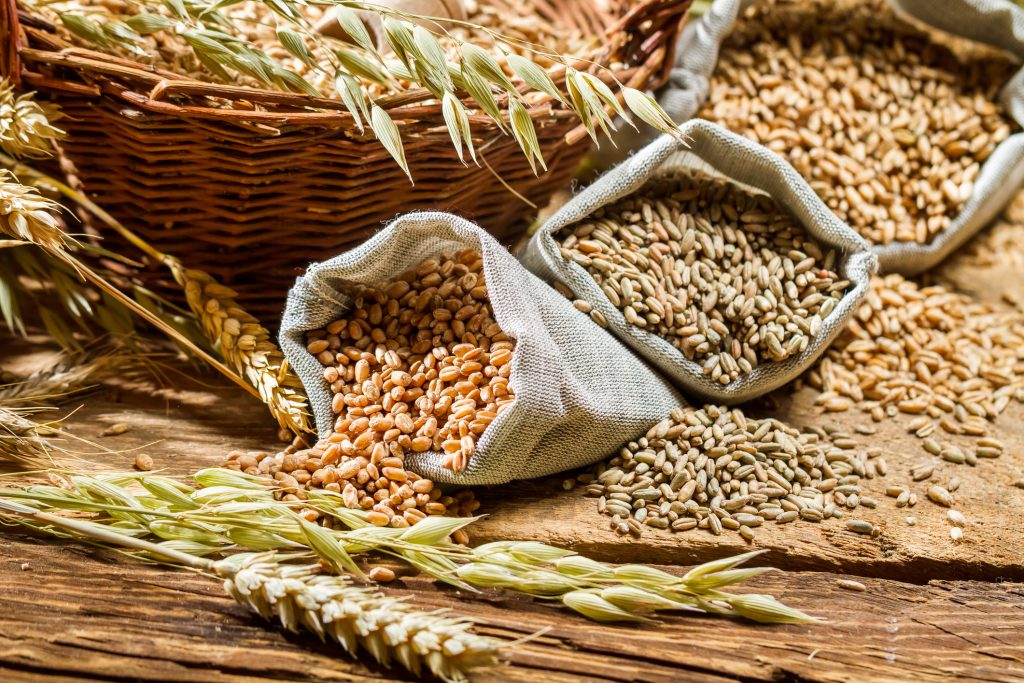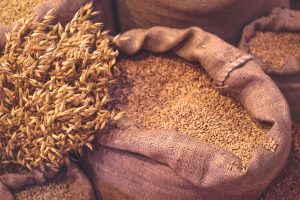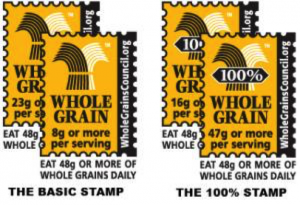Whole Grains 101: What to Buy

When it comes to choosing the best whole grains, big food companies and lobbies make it very difficult for you and I to even know what to buy. They have adapted to consumers requesting more, and now all of a sudden, everything seems to be whole grain. But the truth is, it’s difficult to know what all the labels are hiding.
In part 1 of my Whole Grains 101 series, I introduced you to healthy whole grains and outlined their many health and weight-loss benefits. I also gave you my tips for starting to integrate healthy varieties of whole grains into your diet.
Now, I’m going to show you how to be sure you’re choosing the best whole grains for health and weight loss — because marketers try to trick you.  Terms like “multigrain” and “wheat” don’t guarantee that something is truly whole grain. As when you’re shopping for any whole-grain product, look at the ingredients and make sure the whole grain is at, or near the top, of the list.
Terms like “multigrain” and “wheat” don’t guarantee that something is truly whole grain. As when you’re shopping for any whole-grain product, look at the ingredients and make sure the whole grain is at, or near the top, of the list.
There are three easy things you need to remember.
- Only 100% whole grain will do.
Most refined carbs (white bread, white pasta, white rice) got their best 40% eliminated (mainly the bran and the germ). That’s not good.
But some “whole grain” food items can still be labeled as such, even though they are heavily processed and are only at 90%, 80%, or even 65% whole grain. That’s not good.
Some big food companies even add caramel coloring to make food items look darker! - Check the list of ingredients.
Big companies may offer a “whole grain” product, but add a ton of sugar or high-fructose corn syrup. Then what? You’re back to square one. You end up with a “whole-grain” product that is actually a high-glycemic food. This is particularly true for sliced bread. So check the list of ingredients and make sure these 2 nightmare ingredients aren’t in it. - Look for this label.

As we discussed, only settle for the 100% stamp. The stamp on the left is OK too and you may want to start by transitioning with these and working your way up to 100% if you’re not used to eating whole grains.
These two labels, present on a large amount of products, make it easy to choose at the supermarket.
To further help you ensure you’re choosing the best whole grains, let me introduce you to three brands I use regularly. Their products are wholesome and include real whole grain ingredients.
